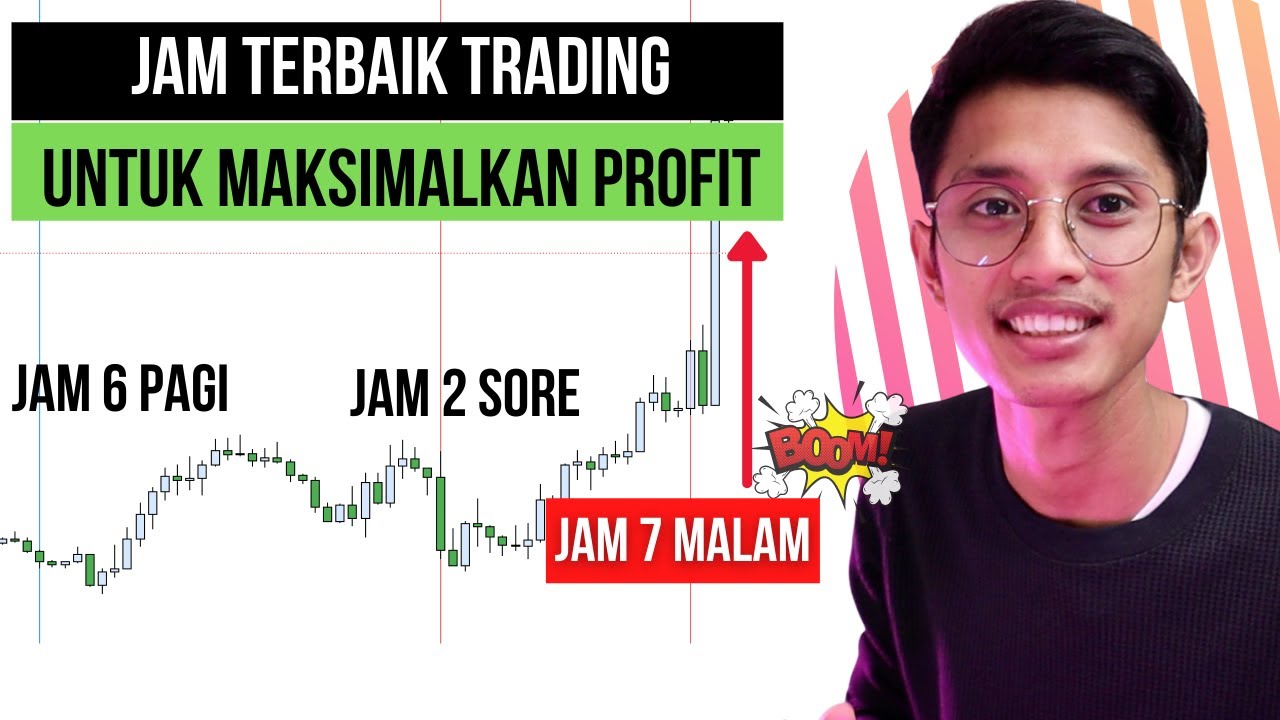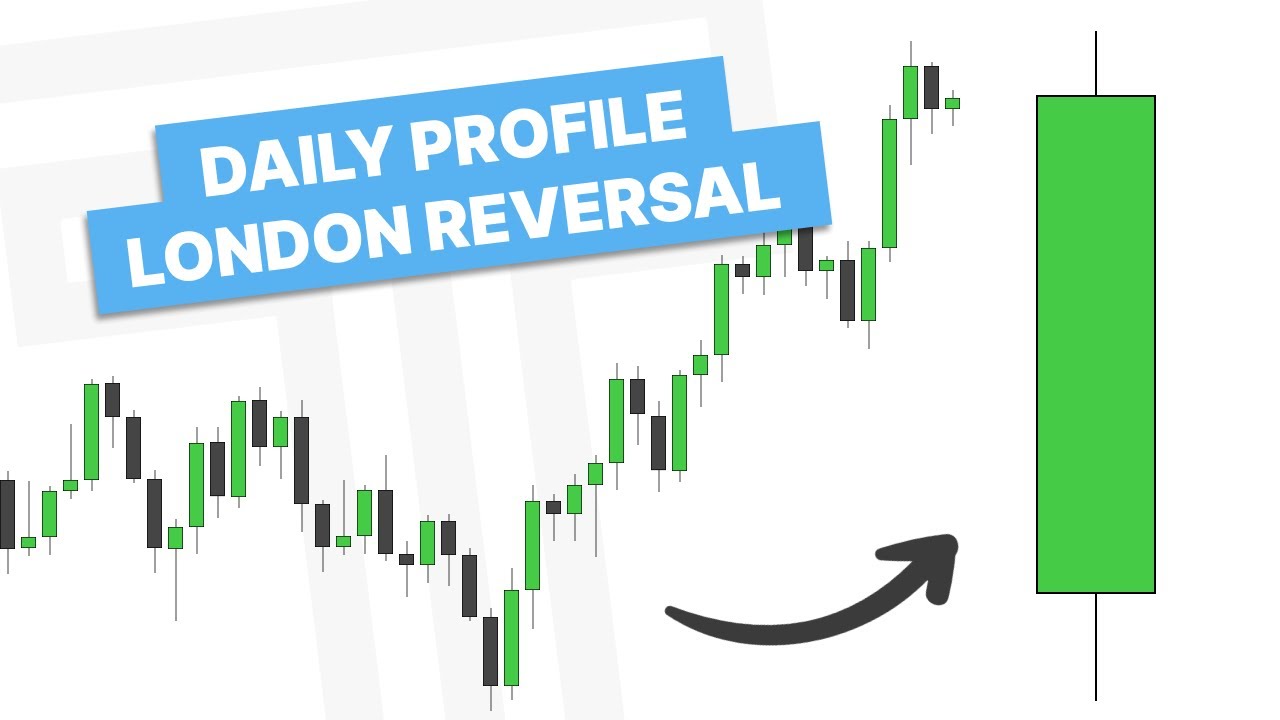ICT Forex - Trading The Key Swing Points
Summary
TLDRThis video teaches traders how to trade key swing points during major market sessions: the Asian, London, and New York opens, as well as London close. It explains how each swing point can define the day's high or low, guide retracements, and signal expansion or reversal. The strategy uses price action patterns in conjunction with higher timeframe levels of support and resistance. Real-life examples are provided to show how these insights can help traders identify high-probability turning points. The method emphasizes versatility in adapting to various market conditions, with further resources available through mentorship.
Takeaways
- 😀 The key swing points in trading are the Asian open, London open, New York open, and London close, and they play a crucial role in determining market ranges and price movements throughout the day.
- 😀 The Asian open often sets the initial range for the day, creating either the daily high or low. This range can act as a foundation for the rest of the day’s price action.
- 😀 The London open can form the daily high or low, but it can also act as a retracement of the initial move from the Asian session, setting up opportunities for traders to enter the market.
- 😀 The New York open is another significant swing point that can create the daily high or low, or it can provide a retracement from the London session, allowing for continuation in the prevailing trend.
- 😀 The London close can act as a reversal point or continuation of the day’s trend, with a tendency to mark the opposite end of the range formed earlier in the day.
- 😀 The general market flow follows a pattern where Asia sets the initial range, London either expands or retraces the move, and New York continues the trend or retraces further.
- 😀 Traders should combine intraday swing points with higher timeframe price levels, such as daily or weekly resistance and support, for a more comprehensive trading strategy.
- 😀 By studying how key swing points interact with higher timeframe levels, traders can anticipate potential turning points and make more informed decisions.
- 😀 The Power 3 strategy teaches traders to look for consolidation during the Asia session, followed by expansion during the London and New York sessions, helping to identify entry points with higher probability.
- 😀 Traders are encouraged to review 15-minute or 30-minute charts to identify significant turning points and key highs and lows, observing how these levels interact with intraday and higher timeframe market conditions.
Q & A
What are the key swing points mentioned in the video, and why are they important in trading?
-The key swing points mentioned are the Asian open, London open, New York open, and London close. These are critical because they often mark key points in the market's daily range, and understanding how they interact with price movements helps traders anticipate price action, making them essential for identifying entry and exit points.
How does the Asian open influence the daily range and market direction?
-The Asian open can create the daily high or low, especially if the market moves significantly during this time. It often sets the stage for the rest of the trading day, either by being part of a consolidation phase or triggering a breakout, which influences the overall daily range.
What does the concept of 'Power 3' refer to in the video?
-'Power 3' refers to a trading strategy that involves identifying key phases of consolidation and expansion in the market. It suggests that after a consolidation period (often during the Asian session), the market will experience an expansion phase (such as during the New York or London sessions).
How does the London open affect the daily price action?
-The London open can create the daily high or low or act as a retracement point. If the Asian session establishes the low of the day, the London open may offer a retracement before the market expands further. Conversely, the London open can also establish a reversal point if it forms part of a larger trend.
What role does the New York open play in forming the daily range?
-The New York open can establish the high or low of the day, especially after a liquidity run or major news event. It can also be part of a retracement move, where the market tests previous levels (like the London open) before making a decisive move, creating a new high or low for the day.
How should a trader use the New York open as a trading signal?
-A trader should look for a clear impulse move during the London session that retraces into the New York open. If this aligns with a bullish or bearish market trend, the New York open can be used as a confirmation point for a continuation trade.
Can the London close act as a reversal point in the market?
-Yes, the London close can serve as a reversal point. If the market has been moving in one direction throughout the London session, the London close might signal a shift, especially if it occurs at key resistance or support levels, causing the market to reverse direction.
What is the significance of higher timeframe price levels when using these key swing points?
-Higher timeframe price levels, such as daily or weekly support and resistance, are important because they provide context for the key swing points. When these points align with higher timeframe levels, the probability of a significant price turn increases, making the trade more reliable.
How can studying past market behavior at these key swing points improve a trader’s strategy?
-By reviewing past price action at these key swing points (such as the Asian, London, and New York opens), traders can spot recurring patterns and behaviors. This helps them anticipate future price movements with higher confidence, especially when combined with higher timeframe analysis.
What would a trader do if the market approaches a higher timeframe resistance level during the London open?
-If the market approaches a higher timeframe resistance level during the London open, the trader may consider selling short, especially if the market is showing signs of rejection at this level. This would align with the idea of using the London open as a potential turning point in the market.
Outlines

此内容仅限付费用户访问。 请升级后访问。
立即升级Mindmap

此内容仅限付费用户访问。 请升级后访问。
立即升级Keywords

此内容仅限付费用户访问。 请升级后访问。
立即升级Highlights

此内容仅限付费用户访问。 请升级后访问。
立即升级Transcripts

此内容仅限付费用户访问。 请升级后访问。
立即升级5.0 / 5 (0 votes)






